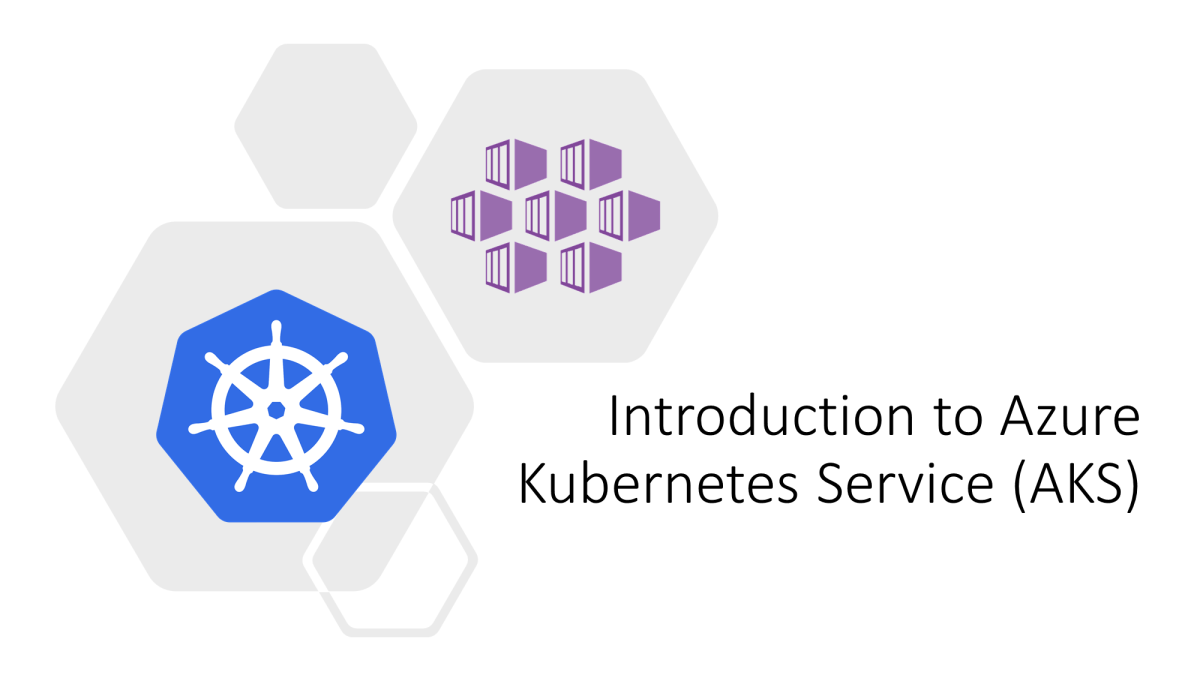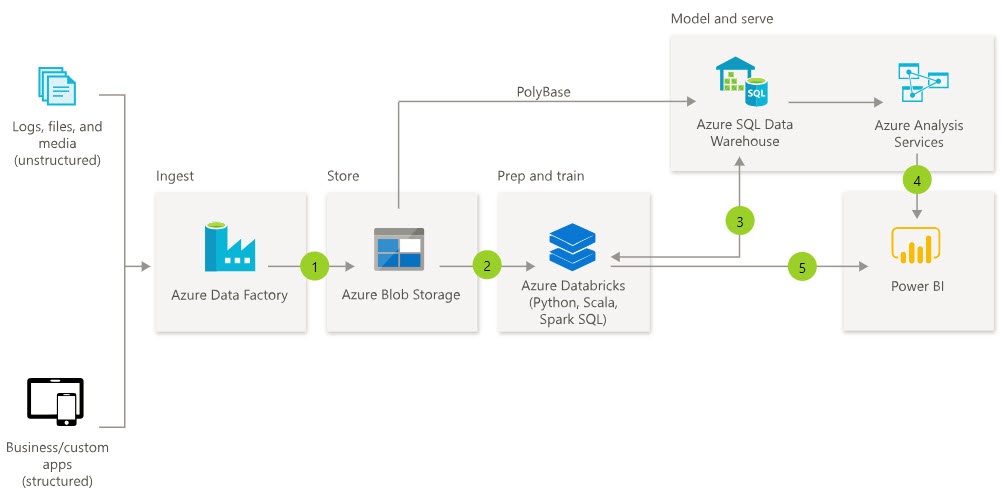
Azure Container Registry (ACR) is a managed, private Docker registry service provided by Microsoft Azure. It enables developers to store, manage, and deploy container images securely and efficiently. ACR integrates seamlessly with Azure Kubernetes Service (AKS), Azure App Services, and other Azure services.
What is Azure Container Registry?
Azure Container Registry is a fully managed container registry that allows you to:
- Store and manage container images.
- Build and deploy containerized applications.
- Integrate with CI/CD pipelines for automated image builds and deployments.
It supports open-source Docker registry APIs and works with tools like Docker CLI, Visual Studio Code, and Kubernetes.
Key Features of Azure Container Registry
- Private Registry: Store container images securely in a private registry.
- Geo-Replication: Enable global distribution of images for low-latency access.
- Build Automation: Automate image builds with tasks.
- Integrated Security: Built-in features like image signing and vulnerability scanning.
- Multi-Platform Support: Manage Linux, Windows, and ARM container images.
- Seamless Integration: Works seamlessly with AKS, App Services, and other Azure services.
Use Cases for Azure Container Registry
- Application Deployment: Store and deploy container images for production environments.
- DevOps Workflows: Integrate ACR into CI/CD pipelines for automated builds and deployments.
- Multi-Region Applications: Use geo-replication for global deployments.
- Containerized Microservices: Store and manage container images for microservices architectures.
- Edge Computing: Deploy ARM-based container images to IoT and edge devices.
Setting Up Azure Container Registry
Step 1: Create a Container Registry
- Log in to the Azure Portal.
- Go to Create a Resource > Containers > Container Registry.
- Configure the registry:
- Resource group.
- Registry name (must be globally unique).
- SKU (Basic, Standard, Premium).
- Enable geo-replication if needed.
- Click Review + Create and then Create.
Step 2: Push and Pull Images
Log in to ACR:
az acr login --name <RegistryName>Tag a Docker Image:
docker tag <image-name>:<tag> <RegistryName>.azurecr.io/<image-name>:<tag>Push the Image to ACR:
docker push <RegistryName>.azurecr.io/<image-name>:<tag>Pull the Image from ACR:
docker pull <RegistryName>.azurecr.io/<image-name>:<tag>
Managing Azure Container Registry
Geo-Replication
- Enable geo-replication to replicate container images across multiple regions for low-latency access.
- Configure replication in the ACR settings under the Geo-replications tab.
Build Automation with Tasks
- Use Azure Container Registry Tasks to automate image builds and updates.
- Example:
az acr build --registry <RegistryName> --image <image-name>:<tag> --file Dockerfile .
Security Features
- Content Trust: Enable image signing to verify the integrity of container images.
- Vulnerability Scanning: Use Microsoft Defender for Containers to scan images for vulnerabilities.
- Private Networking: Use Private Link to restrict registry access to your virtual network.
Integrating Azure Container Registry with CI/CD
Integration with Azure DevOps
- Add a Service Connection to connect Azure DevOps to ACR.
- Use the ACR task in your pipeline YAML:
- task: Docker@2 inputs: containerRegistry: '<ServiceConnectionName>' command: 'buildAndPush' arguments: '-t $(RegistryName).azurecr.io/$(ImageName):$(Tag) .'
Integration with GitHub Actions
- Add ACR credentials as GitHub Secrets.
- Use the following workflow YAML:
name: Build and Push to ACR on: push: branches: - main jobs: build: runs-on: ubuntu-latest steps: - uses: actions/checkout@v2 - name: Log in to ACR run: echo ${{ secrets.ACR_PASSWORD }} | docker login <RegistryName>.azurecr.io -u ${{ secrets.ACR_USERNAME }} --password-stdin - name: Build and Push run: | docker build -t <RegistryName>.azurecr.io/<ImageName>:<Tag> . docker push <RegistryName>.azurecr.io/<ImageName>:<Tag>
Pricing Tiers
- Basic: Suitable for development or testing with minimal traffic.
- Standard: For production workloads with moderate traffic.
- Premium: High-traffic scenarios with advanced features like geo-replication.
Best Practices for Azure Container Registry
- Tagging Strategy: Use meaningful tags (e.g., version numbers, environment tags).
- Clean Up Old Images: Regularly delete unused images to optimize storage.
- Use Managed Identities: Avoid hardcoding credentials; use managed identities for secure access.
- Enable Content Trust: Sign images to verify their integrity.
- Monitor Usage: Use Azure Monitor to track registry performance and usage.
Azure Container Registry vs Other Registries
| Feature | Azure Container Registry | Docker Hub | Amazon ECR |
|---|---|---|---|
| Private Registry | Yes | Limited (paid plans) | Yes |
| Geo-Replication | Yes | No | Yes |
| Integration | Seamless with Azure | General | Seamless with AWS |
| Pricing | Based on usage | Subscription-based | Based on usage |
Conclusion
Azure Container Registry is a robust and secure solution for managing container images in the cloud. Its seamless integration with Azure services, advanced features like geo-replication and content trust, and support for DevOps workflows make it an ideal choice for modern application development and deployment.
For more information, visit Azure Container Registry Documentation.


